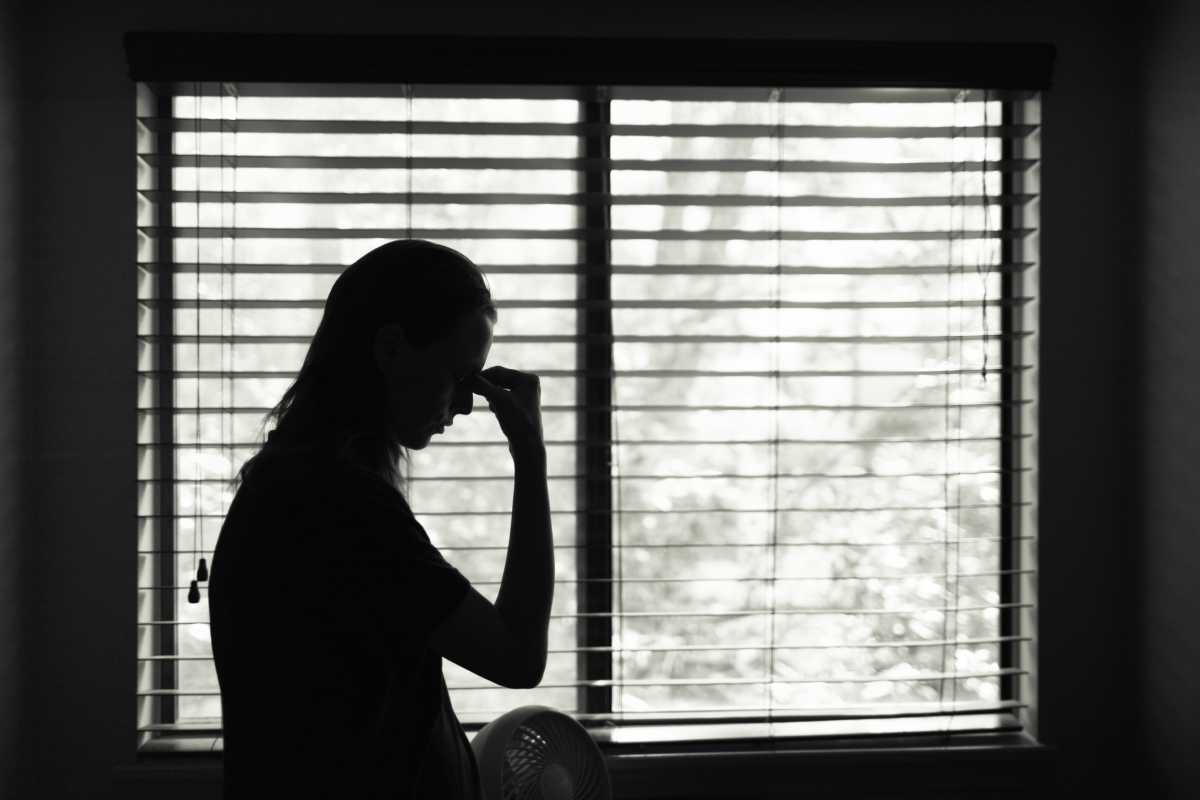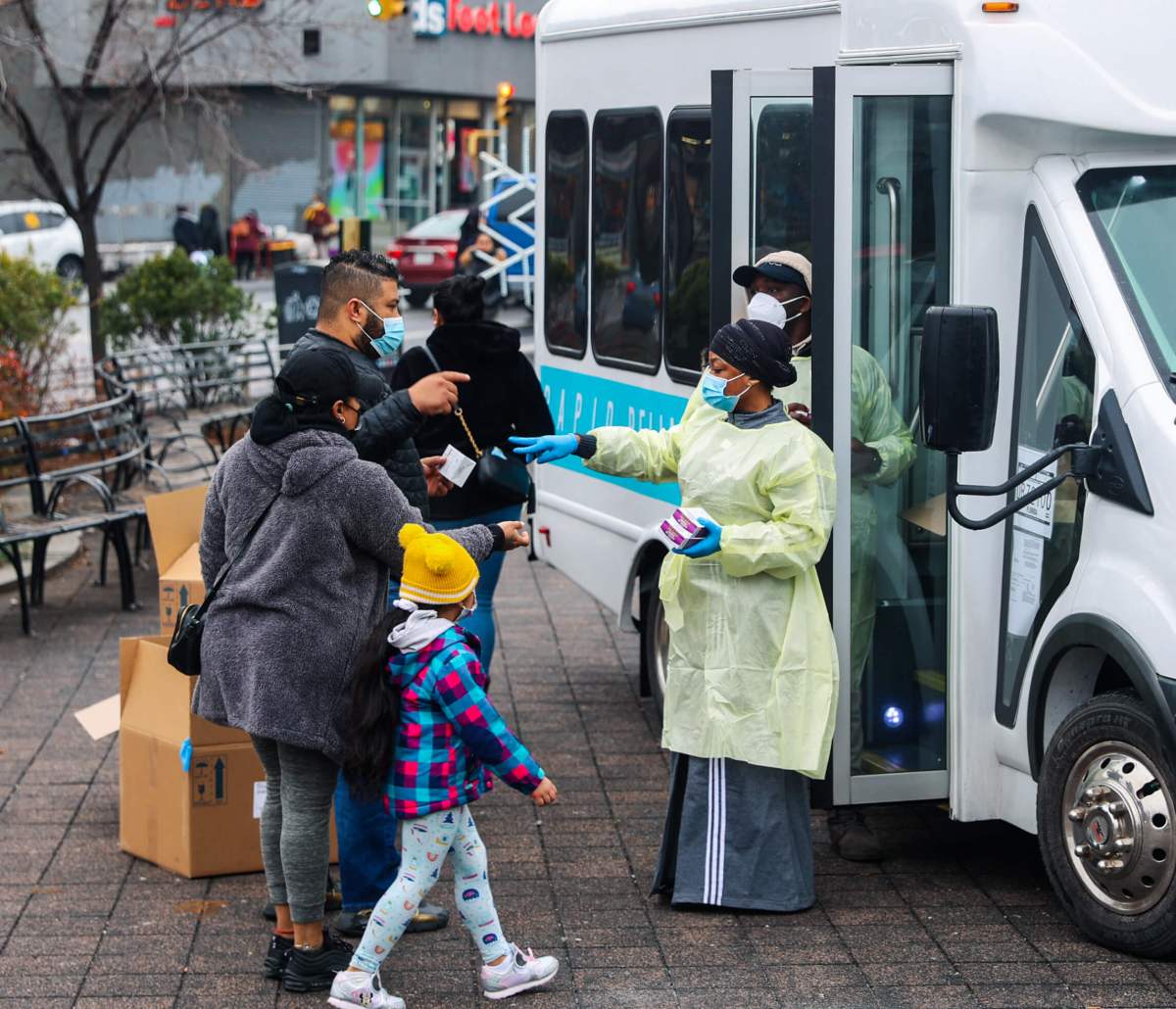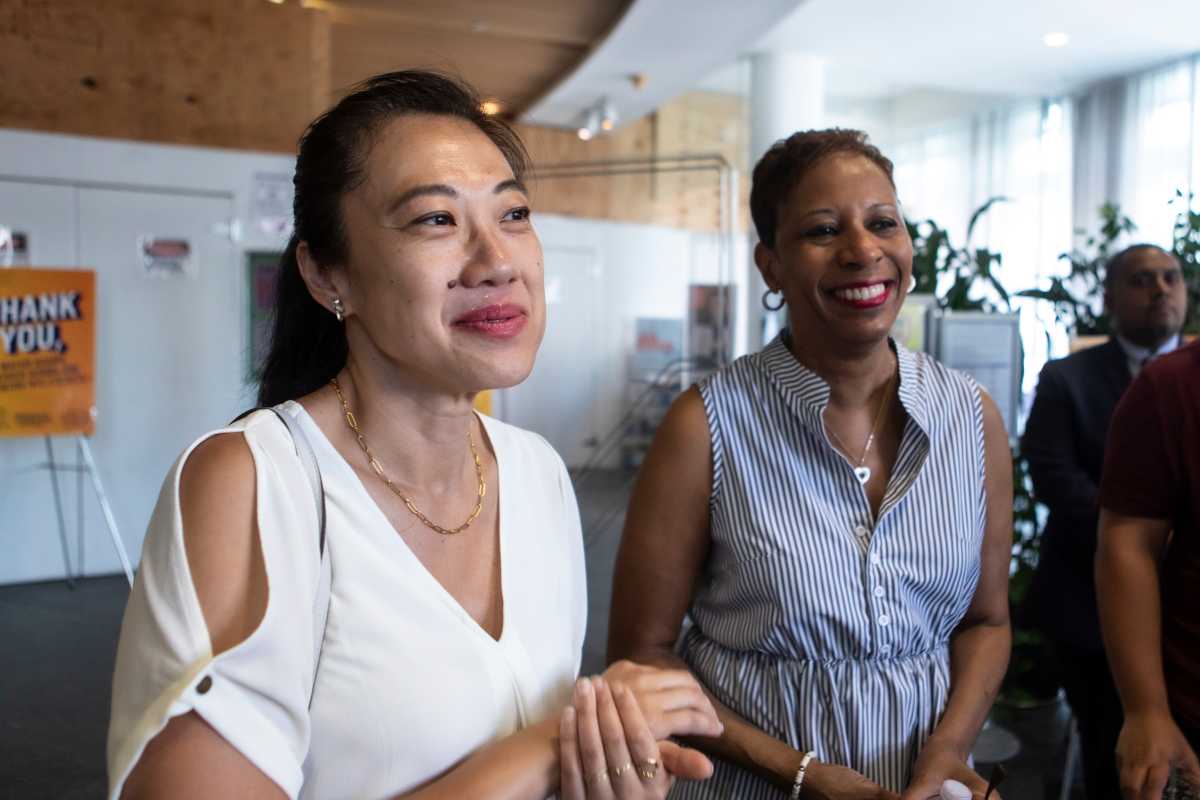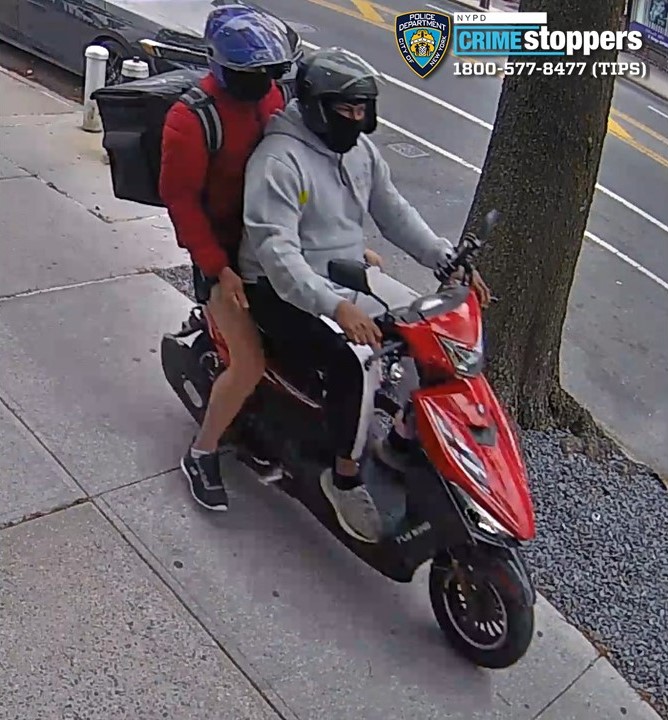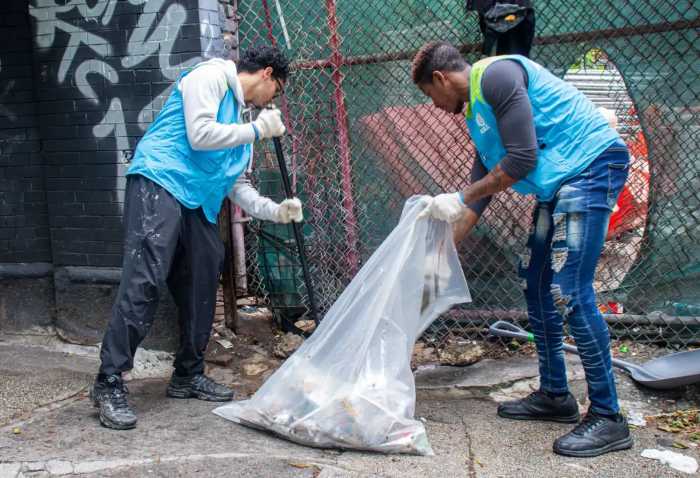This was not the first time he abused her, but on this night a neighbor heard the sound of a shattering television and called 911. The NYPD then, as now, followed their “mandatory arrest” protocols landing this case on my desk late one night in 2010.
I was a young prosecutor, and I met with the survivor, Ms. Newman* several times a week over four months. She increasingly opened up about the violence she had endured over her two-year relationship: her boyfriend waited outside her work every day and immediately took her paycheck from her each week; he reviewed her text messages daily to monitor who she spoke to; he sometimes became so angry that he choked her until she couldn’t breathe; once he beat her head with a hammer to stop her from calling the police.
The case against Ms. Newman’s abuser concluded with a conviction and prison sentence of 2-4 years nearly a decade ago, at a time when domestic violence was less commonly reported than it is today. Now, in the era of COVID-19, with the economy shuttered, people half of the world’s population under lockdown, and hospitals stretched beyond capacity, women in positions like hers find themselves trapped, with even fewer options. People subjected to domestic violence, including intimate partner violence, child abuse, and elder abuse, are now in many cases quarantined with abusive family members, and with little or no opportunity to reach out to support systems or authorities. Survivors remain reluctant to report their abusers and relive their trauma, and fear subjecting their families to the rigors and painful realities of a drawn-out criminal legal engagement.
Adding fuel to this fire, a staggering 80% of mothers with children experiencing homelessness have experienced domestic abuse, leaving many survivors to make the unimaginably painful decision between choosing to continue living under the shadow of abuse, or report their abuser and face homelessness and expose themselves to coronavirus. Many of them are choosing to stay home.
The truth is, our system was never built to handle the unique needs of abuse survivors, and COVID-19 is both widening and exposing the gaps in the system.
Long before coronavirus, the criminal justice system had limited resources to ensure that survivors’ psychological, emotional, and basic needs were met, and rarely provided pro-social, preventative resources for people who committed crimes of domestic violence. Some District Attorneys’ Offices have come a long way by creating specialized domestic violence bureaus. But still, the majority of prosecutors are not given education about the relevant civil law, including related to custody, visitation, and other major areas of concern for survivors. When survivors did come forward in pre-COVID America, judges and prosecutors often lacked familiarity with intervention options, and penalties could range from incarceration to one-day anger management courses. Many sentences neglected to address underlying issues such as an abuser’s own victimization or potential traumatic experiences which may have contributed to the violent behavior.
Of course, this is all the more true now, at a time when prosecutors, courts, social workers, and non-profit providers are operating at a fraction of their capacity. Specialized responses to domestic abuse are at a standstill, and people who commit domestic harm are either detained on bail, with no programming available, or are simply sent home. Service providers are scrambling to identify at-risk households remotely or through limited contact, and with inadequate resources.
We know that domestic violence is heightened during this pandemic. We also know that it runs the risk of replicating when the children come of age who are currently, sadly, quarantined in homes where they witness or experience such abuse. While we sort out – as we must – better immediate responses to acts of violence and more robust mechanisms and programs for protecting and supporting survivors, we must also invest deeply and sustainably in the kids for whom the past two months have highlighted or exacerbated domestic abuse at home.
Criminal justice officials must act now, in collaboration with other social service agencies and community-based organizations to provide these vulnerable community members with resources beyond traditional arrest and prosecution alone, to avoid repeating the devastating cycle of domestic violence.
As courts and other agencies begin to return to normal levels of operation, the focus must not be solely on identifying criminal cases, but on seeking out children caught in the ripples of in-home violence, and providing them with basic needs and trauma-informed support to ensure that we have not unwittingly fueled a dangerous fire whose effects may not come to the attention of social systems for 5 or 20 years.
Prosecutors, defense attorneys, and judges should be trained about the related areas of civil law and work to better coordinate with other social service agencies and providers. Programs like Men Stopping Violence offer long term solutions to interrupts the cyclical tragedy of intergeneration domestic violence by equipping at-risk men and boys to have healthy family relationships. The New York City Mayor’s Office to End Domestic and Gender-Based Violence is exploring ways to offer more trauma-informed abusive partner programs – something that other cities should look to emulate. Now is the time for the criminal law to expand access to the tools with which it responds to domestic violence.
Survivors and their children will long carry the scars of this pandemic, of quarantine, and of the disparities it has highlighted. It’s up to all of us to help them.
Lucy Lang is the Director of the Institute for Innovation in Prosecution.
*name changed



